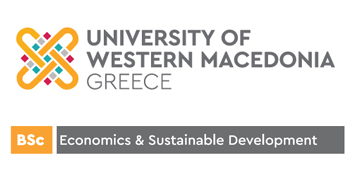Learning outcomes:
Scope: International monetary relations are defined through three basic characteristics: the existence and use of many currencies, the movement of capital between countries and the exercise of autonomous policies by individual countries to fulfill their own goals.
States have the possibility of choosing several exchange regimes and their choice depends both on the degree of capital circulation and on the type of policy that the states themselves aim to implement and also on the type of mix that other states will implement and mainly states with a large degree of influence on economic development.
Independent states choose - their own special currencies for reasons of national sovereignty and national identity but for reasons of expediency - the degree of movement of funds to and from foreign countries - the way of exercising their policies and in particular their monetary policies and their own goals
The successful operation and sustainability of an economy depends on the type of mix that the country itself wants to implement but also on the mix that other countries apply and the commitments and degrees of freedom imposed by the international monetary environment.
Upon successful completion of the course, the student:
- will get to know the balance of payments and the various sub-balances and especially the trade balance, the balance of capital movements and the balance of foreign exchange reserves and how these affect the domestic economy
- will get to know the two extreme regimes: free fluctuation and fixed links and will get to know how they affect and are affected by the free movement of capital and the exercise of monetary policy
- will get to know the intermediate regimes and how these have been implemented at times in combination with the free movement of capital and autonomous policies –
- will be able to evaluate combinations of exchange rate regimes with the degree of capital movement and the exercise of monetary policy and assess their likelihood and potential for success

